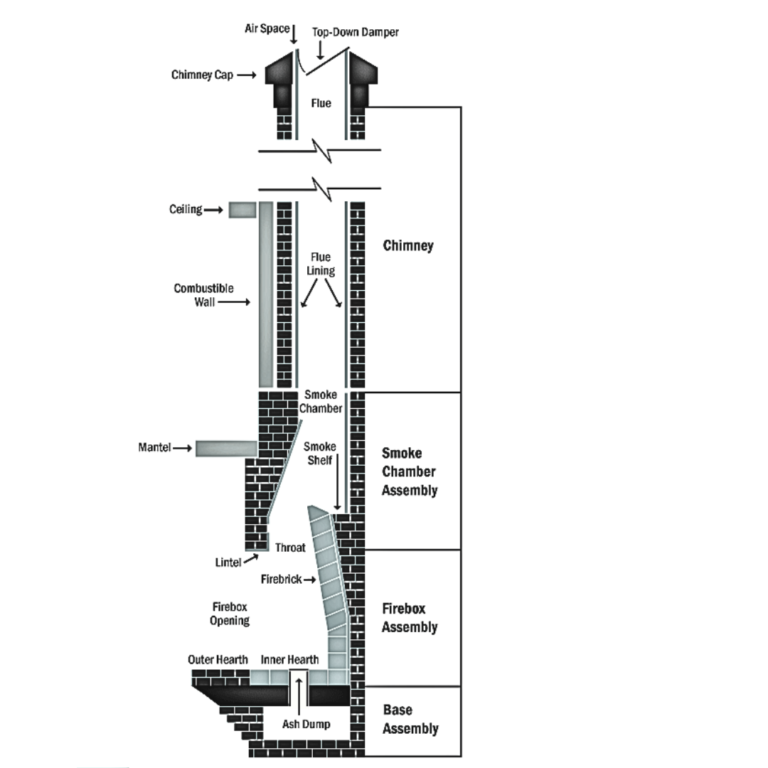Home /
Texas experiences a wide range of weather, from intense heat and humidity to occasional severe storms. This can cause:
Yes. Even if you don’t use your fireplace frequently, annual inspections are crucial. Texas storms can cause unseen damage, and animals can still nest in unused chimneys. Also gas fireplaces require inspections.
Ensure your chimney has a sturdy cap and that the flashing is in good condition. Regular inspections can identify potential weaknesses before a storm hits.
Signs include cracked or missing tiles, debris in the fireplace, or evidence of water damage. A video inspection is the most reliable way to assess liner condition.
While essential, detectors are a backup. Regular chimney inspections and maintenance are the primary defense against hazards.
Backdrafting occurs when smoke flows back into the house. It can be caused by negative air pressure, blocked flues, or competing appliances. Proper chimney height, caps, and ventilation can help.
Odors can be caused by creosote, animal nests, or moisture. A professional cleaning and inspection can identify the source.
Different fuels produce different byproducts.
A cracked or damaged crown allows water to enter the chimney, which can lead to:
Burning seasoned wood, using efficient burning techniques, and maintaining a clean chimney are essential.

DFW, Texas
Bringing warmth to your home with expert fireplace installations, repairs, and maintenance. Trusted, reliable, and professional service you can count on.
DFW, Texas